Culture
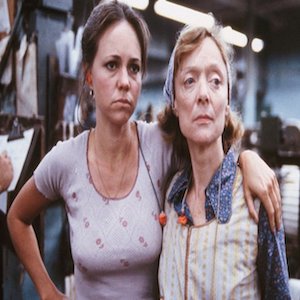
Norma Rae: Depicting Women's Labor History through Film
In this still shot from the movie Norma Rae, two pretty and petite white actors represent southern mill hands. Norma, portrayed by the famous actress Sally Field, stands with her mother (Barbara Baxley).
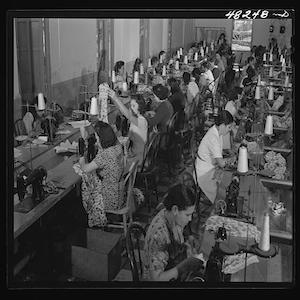
Puerto Rican Needleworkers in a Factory, San Juan, Puerto Rico, 1942
This government photograph provides an important contrast to the popular culture images of poor southern whites. During the 1940s and 1950s, U.S. government agencies hired photographers to travel the main island of Puerto Rico to capture the conditions of working people.

Least Cost Pathway Analysis Showing Movement Across a Landscape
These side by side charts show the basics of how least cost pathway analysis works in action. A geographic surface, landscape or seascape, is broken into standard size squares (or cells).

Remains of the Stargate Canoe
This image showcases one of the few remains of a canoe found in the Caribbean. The ‘Stargate’ canoe, found in a blue hole—a large marine cavern--on the island of South San Andros in the Bahamas, represents only the tip of the canoe.
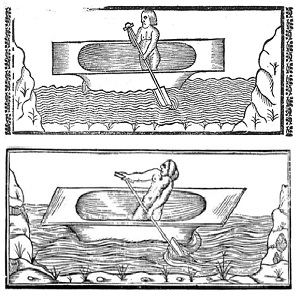
2 Prints of a Sole Amerindian in a Canoe
These images of a man in a canoe come from the work of the Spanish official, historian, and botanist Gonzalo Fernandez de Oviedo (1478-1557), who created many images of Amerindians while he was in the Caribbean during the 1520s.

Mexicana: A Repository of Cultural Patrimony in Mexico
...this project seeks not just to aggregate existing digital collections but also to standardize metadata across institutions and encourage further digitization.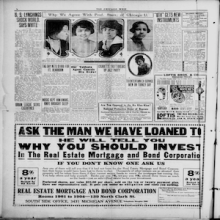
Source Collection: Pan-Africanism, Anticolonialism and Addressing the Problem of the Global Color Line in the 20th Century
At the turn of the 20th century, a growing number of Black intellectuals and activists across the Atlantic world no longer saw institutionalized racial inequality, racial hierarchy, and white supremacy as problems confined to the borders of individual nations.
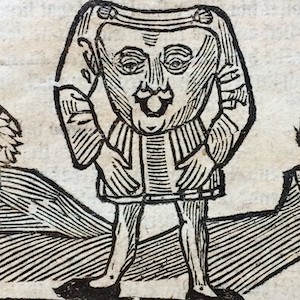
The Foreign Travels and Dangerous Voyages of Sir John Mandeville, 14th Century
This image shows a print from the 1568 version of the Voyages and travailes of Sir John Mandevile, knight. Sir John Mandeville’s Travels is believed to have been first published in the mid-14th century and rereleased many times in subsequent decades.

Newspaper Report on the Fourth Pan-African Congress Meeting in 1927
This article comes from The Monitor, a historically African American newspaper published in Omaha, Nebraska. The article offers readers insight into the fourth Pan-African Congress meeting held in 1927 in New York City.

Photograph of "Principal Chiefs" from West Africa
The following is an image that appears in the on page 296 in the book Britain Across The Seas: Africa; A History And Description Of The British Empire In Africa published in 1910 and written by Harry Johnson. This particular photograph was taken by Capt. T.C. Hincks.